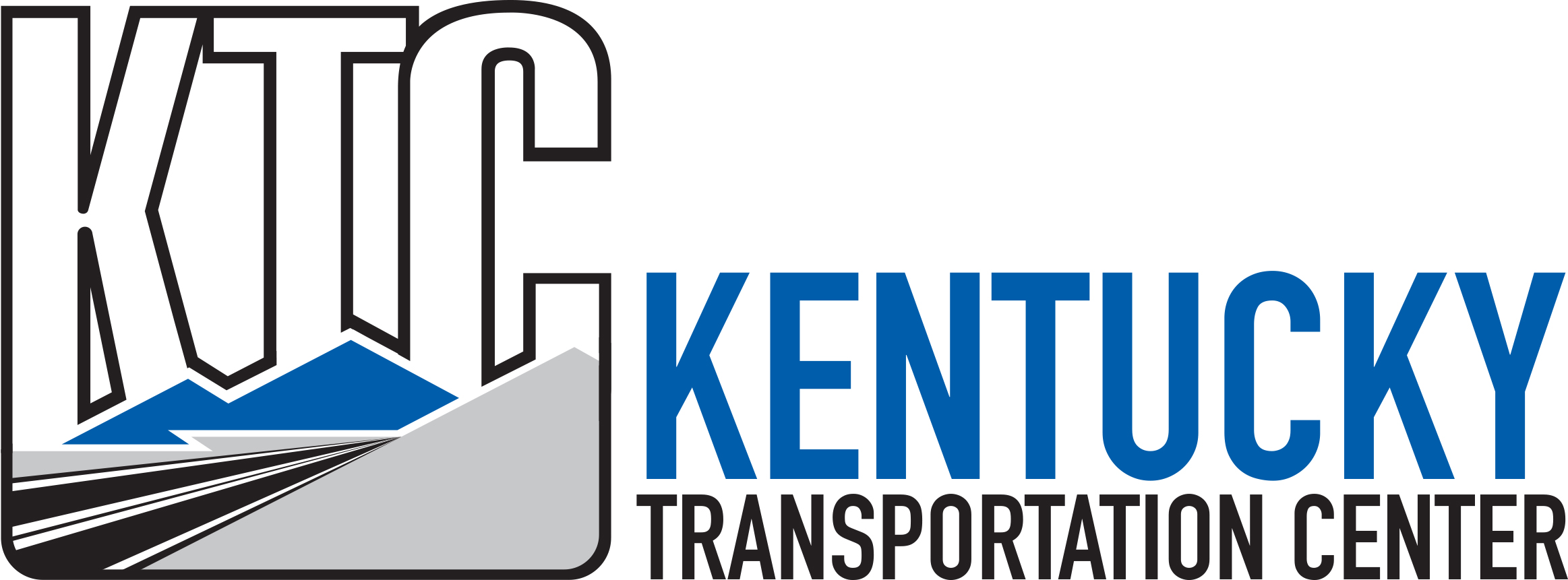Abstract
The Access Management Manual published by the Transportation Research Board in 2003 defines access management as the ?systematic control of the location, spacing, design, and operation of driveways, median openings, interchanges, and street connections to a roadway1.? The purpose of access management is to provide vehicular access to land development in a manner that preserves the safety and efficiency of the transportation system. Access management principles stress mobility for higher-class roadways and safety for lower-class roadways. An effective access management program can reduce crashes as much as 50 percent, increase roadway capacity by 23 to 45 percent, and reduce travel time and delay as much as 40 to 60 percent2. The benefits of access management are achieved through a series of policies that define specific guidelines and standards for allowable access levels, access spacing criteria, access permit procedures, and the means for enforcing these concepts.
All state highway agencies exercise some control over highway access, but traditionally these programs have focused primarily on driveway design and location. In Kentucky, management of highway access (at the state level) is currently limited to the Transportation Cabinet?s case-by-case access permit review process for state-maintained routes and to negotiated access spacing improvements that are incorporated in the design of major highway improvement projects. Administrative regulations issued under Transportation Cabinet?s authority to limit highway access define three levels of access control: fully-controlled access, partially-controlled access, and access by permit. For partially-controlled access routes the minimum spacing between access points is 1,200 feet in rural areas and 600 feet in urban areas, with an allowable reduction in the spacing of up to 15% if supported by a traffic study. For access by permit routes, additional access points may be allowed based on considerations of safety and the interest of the highway user. The Transportation Cabinet?s Permits Guidance Manual provides general guidance rather than specific spacing standards for this level of access control.
At least 14 states have recently implemented comprehensive access management programs, including Colorado, Florida, Iowa, Kansas, Maine, Minnesota, Missouri, Montana, New Jersey, Ohio, Oregon, South Dakota, Washington, and Wisconsin. At least four other states, including Idaho, North Carolina, Texas, and Utah, are in the process of implementing such programs. Other states are likely to change their policies to a more comprehensive approach in the near future following the release of the TRB Access Management Manual. A review of the policies of states that have implemented access management programs revealed that the key elements for a successful program are a classification system of roadways specifically for access management purposes and a set of access spacing standards and design guidelines for each class. Access spacing standards and design guidelines are typically applied in conjunction with the following management techniques: interchange area management, signalized intersection spacing, unsignalized intersection spacing, corner clearances, traversable and non-traversable medians, turning lanes, U-turns, frontage and backage roads, and provisions for alternative access.
Report Date
2-2004
Report Number
KTC-04-05/SPR251-01-1F
Digital Object Identifier
http://dx.doi.org/10.13023/KTC.RR.2004.05
Repository Citation
Stamatiadis, Nikiforos; House, Barry; Brickey, Jeremy; Hartman, Donald L.; Chen, Mei; Pigman, Jerry G.; Boddu, Kavita; and Elwood, Emily, "Access Management for Kentucky" (2004). Kentucky Transportation Center Research Report. 214.
https://uknowledge.uky.edu/ktc_researchreports/214



Notes
The contents of this report reflect the views of the authors, who are responsible for the facts and accuracy of the data presented herein. The contents do not necessarily reflect the official views or policies of the University of Kentucky, the Kentucky Transportation Cabinet, nor the Federal Highway Administration. This report does not constitute a standard, specification, or regulation. The inclusion of manufacturer names or trade names is for identification purposes only and is not to be considered an endorsement.